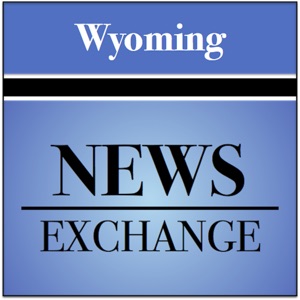State leaders call for shift in fire management

CASPER — Wildfire seasons are becoming longer, more destructive, and with an annual federal cost of $2.5 billion and growing, more expensive than ever, U.S. Sen. John Barrasso (R-WY) and federal officials said during a Senate committee hearing last week, where leaders discussed the findings of a solemn report from the Wildland Fire Mitigation and Management Commission.
The ampleness of the commission’s inaugural report, at 340 pages, speaks to the scope of the challenge, which leaders concede poses an outsize threat in the West, where fires have struck fear into rural communities while disrupting markets across the gambit, from tourism and agriculture to real estate.
“Wyoming and the other western states have endured wildfires of unprecedented size and destructiveness. These wildfires are wreaking havoc on our forests and our communities,” said Barrasso. “As summer approaches, rural communities are again bracing for what will likely be another devastating wildfire season.”
Yet the commission’s unanimous consensus on 148 recommendations to improve federal policy indicate a path toward a more effective wildland fire strategy—beginning with a resounding call to invest in a comprehensive workforce and “pay wildland firefighters what they deserve,” explained Deputy Under Secretary at the Department of Agriculture and commission member Meryl Harrell.
“And ensure they have the benefits they need, including for housing, mental and physical health, and retirement,” she said.
Another major emphasis was put on collaboration between federal, local and tribal entities, as wildfires do not respect jurisdictional boundaries.
The point was made by Wyoming State Forester Kelly Norris, who beseeched the committee to increase funding for all levels of the fire workforce, including volunteer fire assistance programs.
Norris explained that damage from the Happy Jack fire was minimized due to the rapid mobilization of city, county and state resources.
“The need for increased funding for fire suppression on federal lands has broad support. The need to increase fire suppression funding for state and private lands, is just as urgent,” she told the committee, pointing out that of the 1.5 million acres already burned in the U.S. this year has been on state and private lands. “Wildfire risk doesn’t stop at fencelines, and neither should mitigation funding.”
Since the 1980s, the cost of suppression has tripled on an inflation adjusted basis, and is set to increase further if the commission’s recommendations are adopted.
Yet experts say the investments will pay dividends; though overall economic losses from wildfires are difficult to quantify, an often cited 2017 study from the National Institute of Science and Technology puts the U.S. economic burden as high $347.8 billion annually.
This story was published on March 26, 2024.







